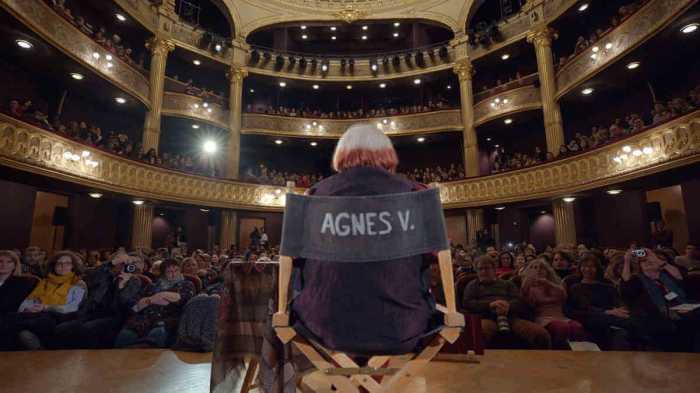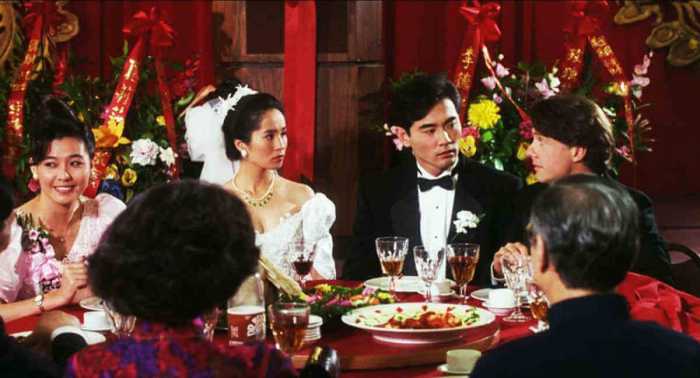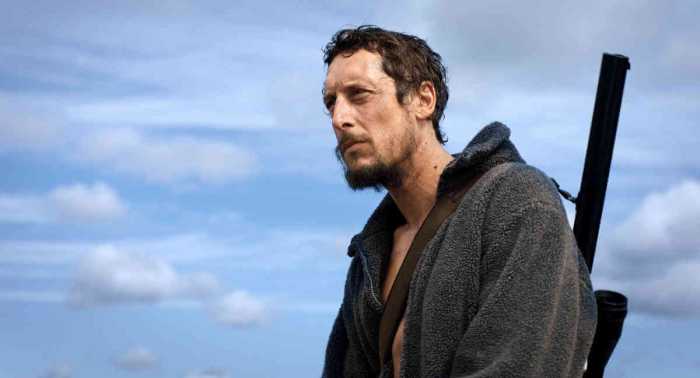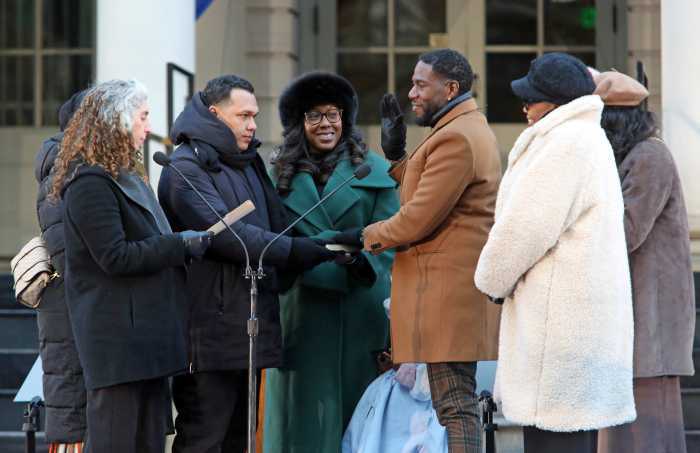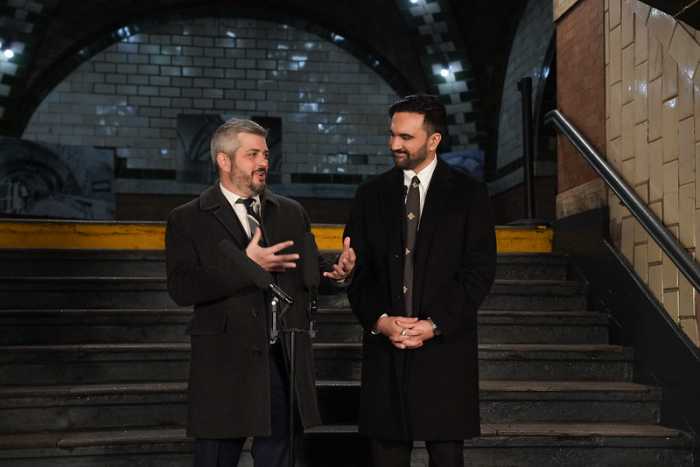Serbian director Ognjen Glavonic’s “The Load” constantly gets compared to Henri-Georges Clouzot’s classic “The Wages of Fear” and William Friedkin’s remake “Sorcerer.” But unlike those movies, it’s not concerned with action. It prioritizes mood instead. Indeed, it might be closer to Theo Angelopolous’ slow cinema road movies.
Set during the 1999 NATO bombing of Serbia, it incorporates the effects of almost a decade of war into its look and feel. One of those effects is a desire for safety, which results in truck driver Vlada (Leon Lucev) isolating himself. Bombs fall in the distance as he drives, but we never see them. Instead, the anxiety caused by violence permeates the film.
Starting out in Kosovo, “The Load” begins with a group of men inside a truck. Vlada and the others get out and are each assigned a truck to drive to Belgrade. The trucks are sealed, so the men don’t know what their cargo is. (In fact, the film never explicitly reveals what he’s carrying. Glavonic’s documentary “Depth Two” fills in the real-life historical background of this period.) One starts to wonder about that when Vlada is stopped by the police and produces a paper that lets him pass by without the need for them to inspect the hold. The rest of the trip is fairly drama-free. Vlada gives a ride to Paja (Pavle Cemerikic), a teenage hitchhiker who plays in a punk band and wants to emigrate to Germany. Vlada stops from time to time, but nothing much happens, although details like children spraying a wall with lighter fluid to set it on fire say something about the country’s state of mind.
Where “The Wages of Fear” and “Sorcerer” went for elaborate, anxiety-inducing set pieces, “The Load” preserves the jitters without their thrills. It’s more interested in conveying the ennui of a life on the road. Glavonic strips this narrative down to its essentials. While he shows off some virtuoso camerawork near the end, much of “The Load” simply shoots Vlada from the seat next to him. Tatjana Krstevski’s cinematography is so muted and monochrome — brown is its dominant tone — that it may as well be black-and-white. The color seems to have bled out of late ‘90s Serbia. Lucev’s performance is similarly stripped-down; he never bonds with his passenger, and when he leaves the truck the camera too gets out and takes notice of other people for a few minutes.
“The Load” is very successful as a mood piece, but it’s aiming for something more. Americans have tended to be uncritical of NATO’s bombing of Serbia and support for Kosovo, and the few exceptions have erred in the direction of “Milosevic was a brave anti-imperialist hero.” “The Load” includes a shot of a billboard comparing those bombings to the demolition of the Eiffel Tower. Although born a Bosnian Muslim, the most famous director from the former Yugoslavia, Emir Kusturica, took up the mantel of Serbian nationalism. After winning the Palme D’Or in 1995 for his film “Underground,” he quickly trashed his international reputation. Born in 1985, Glavonic comes from a different generation. Without defending the atrocities committed by Serbs during this period, “The Load” depicts the moral compromises that made everyday life possible then. With constant subtle references to Serbia’s past during World War II, it seems intended for a local audience even if it’s toured the world’s festivals.
The deliberate de-dramatization in its tone and Vlada’s lack of affect make our final realization about his cargo all the more powerful; the film finally comes together in its last half hour. Vlada finally gives up his taciturn nature when telling his son — whom I believe is played by the actor’s actual son — about his own father’s experience of war. The cycle continues. The death of emotion might be the most frightening casualty of war, and Vlada’s numbness seems to be shared by his entire country. When he plays his son an angry song by Paja’s band, which continues over the closing credits, it’s a relief that the film finally lifts its mood of repression.
THE LOAD | Directed by Ognjen Glavonic | In Serbian with English subtitles | Grasshopper Film | Opens Aug. 30 | Film at Lincoln Center, Elinor Bunin Munroe Film Center, 144 W. 65th St. | filmlinc.org


